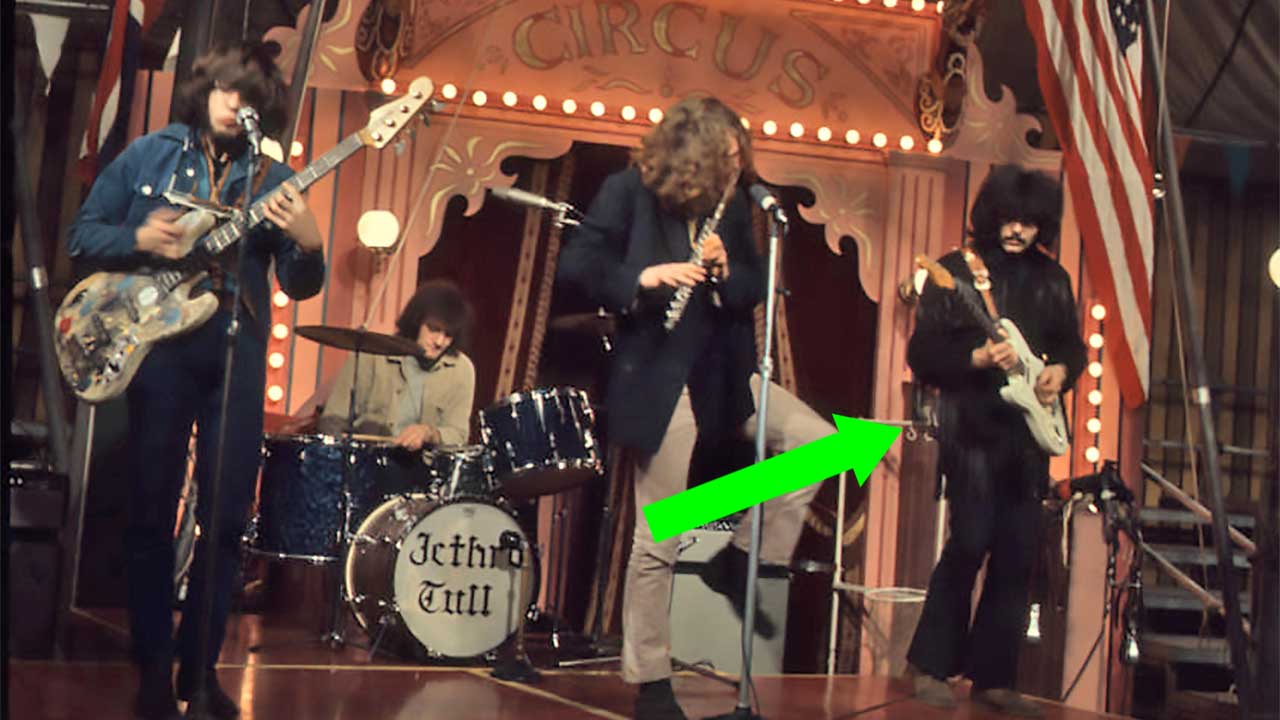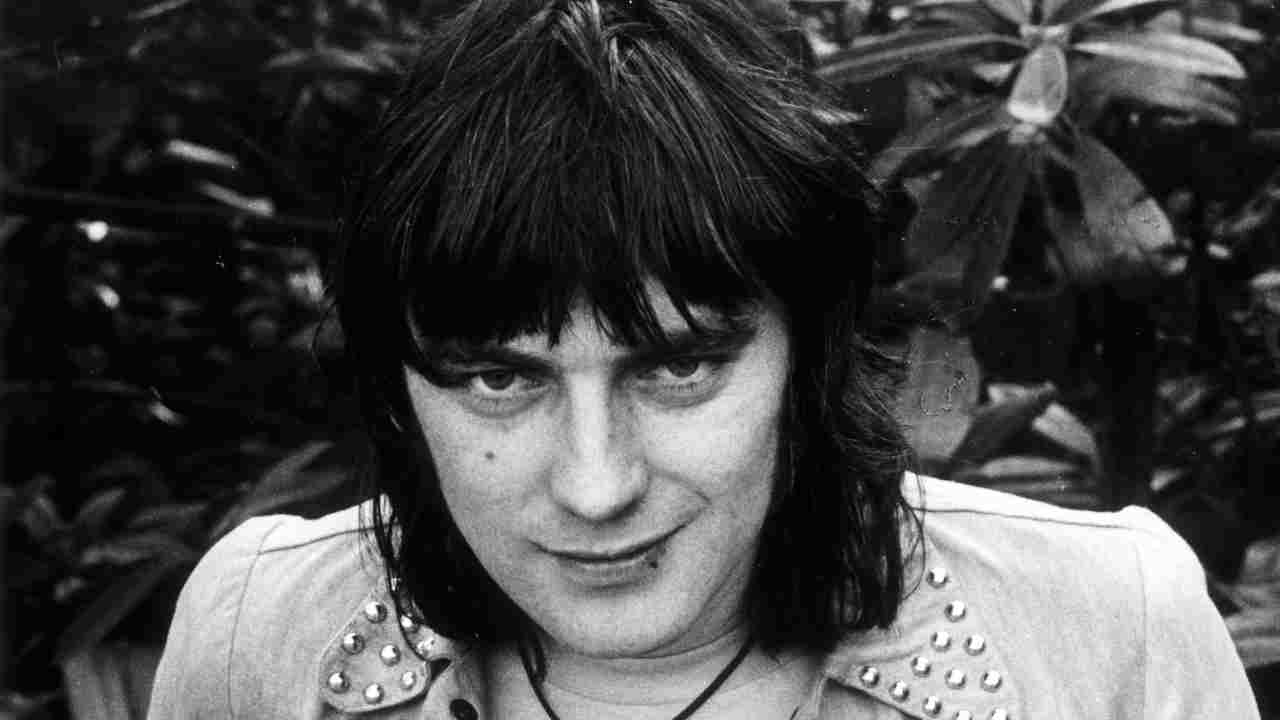In 1968 Tony Iommi joined Jethro Tull for two weeks: it was the making of Black Sabbath
Tony Iommi left Birmingham to join Jethro Tull in time for the filming of The Rolling Stones' Rock And Roll Circus, but he didn't hang around for long

From Nirvana to Metallica to Red Hot Chili Peppers to Royal Blood, there isn’t a big rock band that came in their wake that don’t have Black Sabbath to thank for their existence. They didn’t just invent a new genre of music that made heavy, intense riffery a mainstream concern, they set the standard for generations to come. Be thankful, then, that guitar icon and Sabbath creative dynamo Tony Iommi had second thoughts about joining Jethro Tull in the late 60s.
Ian Anderson’s crew had just released their debut album This Was and were in need of a new six-stringer after original guitarist Mick Abrahams had left to form Blodwyn Pig. Things hadn’t yet taken off for Black Sabbath, who weren’t even called Black Sabbath yet. They were still working their way through a variety of very un-Black Sabbath monikers: first they were called The Pulka Tulk Blues Company, then The Earth Blues Company, and then Earth. It was during their first few appearances as Earth that Iommi was offered the job of replacing Abrahams.
“All the rest of the guys were like: ‘This is a great opportunity, you should do it!’” Iommi told Classic Rock’s Mick Wall. “But I wasn’t sure.”
He gave it a go, though, reluctantly heading down to London in December 1968 to make his one appearance with Jethro Tull, at a shoot for the The Rolling Stones' film Rock And Roll Circus. Iommi, armed with a white Strat rather than the Gibson SG he would become associated with, dutifully mimed Abrahams' part from A Song For Jeffrey, a song with distinct musical similarities to Black Sabbath's own The Wizard, released little more than a year later.
It's the earliest known footage of Jethro Tull, with frontman Ian Anderson unsteadily working on his soon-to-be iconic one-legged flute-playing stance. The band also performed Fat Man, another song from Tull's debut album, but when the film finally saw the light of day in 1996, it was nowhere to be seen.
The excitement of joining Jethro Tull for the filming notwithstanding, Iommi quickly decided that the gig wasn’t for him. For one, the Tull dynamic lacked the spirit of camaraderie he had in his old band, with singer Anderson separating himself from the others.
“He’d sit on one table and they’d sit on the other,” Iommi recalled. “It just didn’t feel like a proper band to me. So I talked to Ian and said: ‘Look, I’m gonna leave. I miss my old band.’ But I tell you what, it changed our career. I said to Geezer: ‘Let’s get back together again and fucking get some work done and make this happen. We can become big too.’”
Sign up below to get the latest from Classic Rock, plus exclusive special offers, direct to your inbox!
This work ethic, Iommi said, came from his week watching Ian Anderson crack the whip in Jethro Tull. “I realised that’s what we had to do. It really helped. It got us into writing our own stuff and it just worked from then on.”
Iommi had his proper band and little did he know it, but they’d change the world.
Niall Doherty is a writer and editor whose work can be found in Classic Rock, The Guardian, Music Week, FourFourTwo, Champions Journal, on Apple Music and more. Formerly the Deputy Editor of Q magazine, he co-runs the music Substack letter The New Cue with fellow former Q colleague Ted Kessler. He is also Reviews Editor at Record Collector. Over the years, he's interviewed some of the world's biggest stars, including Elton John, Coldplay, Radiohead, Liam and Noel Gallagher, Florence + The Machine, Arctic Monkeys, Muse, Pearl Jam, Depeche Mode, Robert Plant and more.
- Fraser LewryOnline Editor, Classic Rock

